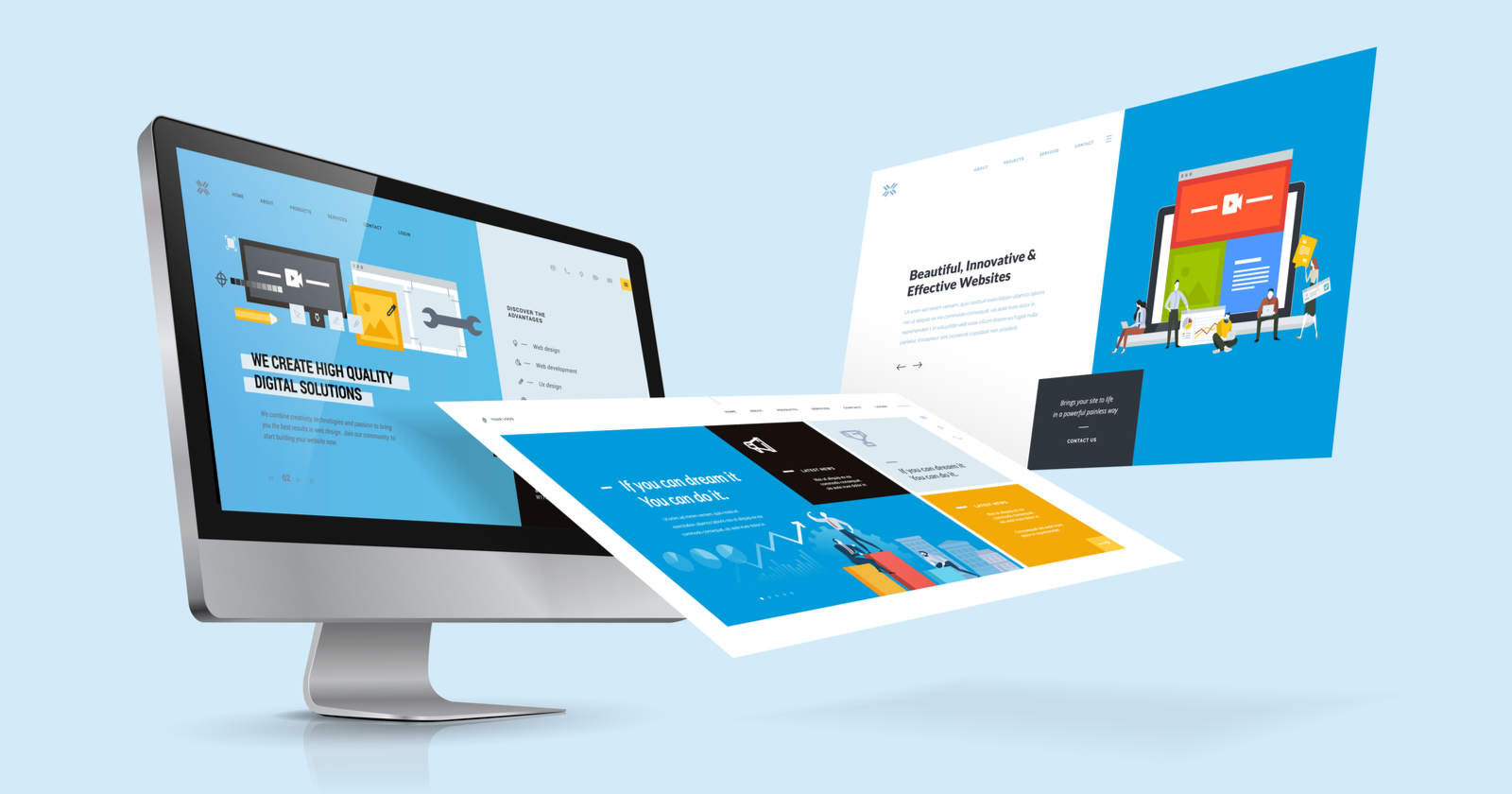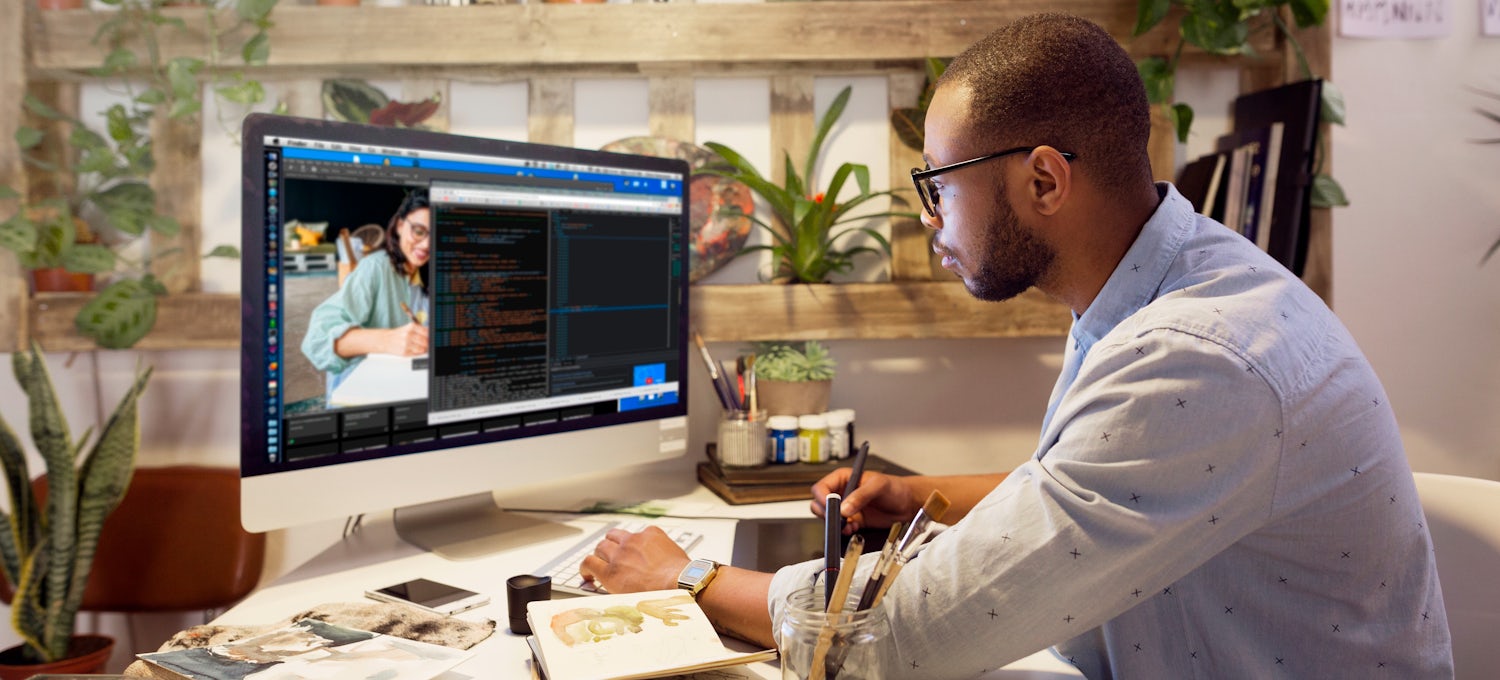Aligned Position Web Design: Professional Web Development to Maximize Your Online Impact
Aligned Position Web Design: Professional Web Development to Maximize Your Online Impact
Blog Article
The Most Effective Kinds Of Web Layout to Boost Individual Experience and Engagement
In the ever-evolving landscape of electronic interaction, the effectiveness of Web style substantially affects customer experience and interaction. Various design approaches, such as minimal, responsive, and interactive layouts, each offer special benefits that can provide to varied customer demands.
Minimal Website Design
As digital landscapes end up being progressively chaotic, minimalist website design has actually arised as a powerful method to improving individual experience. This layout ideology prioritizes simplicity, concentrating on necessary aspects while getting rid of unneeded distractions. By utilizing sufficient white space, uncomplicated navigation, and a limited color combination, minimalist design promotes clearness and directs customer attention to vital content.
The core principle of minimalist website design is to create a smooth communication for customers. By reducing cognitive tons, customers can quickly understand info without feeling overwhelmed. This straight technique not only enhances usability however also motivates engagement, as visitors are more likely to explore a website that is easy and visually enticing to navigate.
In addition, minimal style commonly stresses typography and images, making use of these aspects purposefully to share messages successfully. This concentrate on necessary components can enhance brand identification and develop a remarkable user experience. Basically, minimal Web style is not simply a trend; it is a thoughtful approach that identifies the relevance of user-centered design. By stripping away peripheral elements, designers can create an extra interesting, reliable, and enjoyable Web experience for all users.
Receptive Web Design
In today's varied electronic atmosphere, receptive website design has come to be important for developing a smooth customer experience across a plethora of gadgets. As users gain access to sites on mobile phones, desktops, laptops, and tablet computers, the capability of a website to adjust its layout and material to different display dimensions and resolutions is crucial.
Receptive Web style uses adaptable grids, images, and CSS media queries to guarantee that Web material exists efficiently, despite the tool utilized. This technique not only boosts the aesthetic appeal of a website but additionally substantially enhances use. Customers are a lot more likely to engage with a website that supplies a consistent experience, as it eliminates the frustration of needing to focus or scroll exceedingly.
By adopting receptive style, businesses can improve their visibility and get to a broader audience. In summary, responsive Web layout is an essential method that improves customer experience, involvement, and overall contentment.
Interactive Website Design
Receptive Web layout lays the groundwork for improving individual experience, yet interactive website design takes this an action additionally by engaging users in a much more vibrant method - Aligned Position Web Design. By integrating components such as computer animations, clickable models, and real-time responses, interactive Web style astounds users, attracting them right into a richer surfing experience
This method not only promotes engagement yet additionally encourages customers to check out content actively as opposed to passively eating it. Methods such as gamification, where users earn incentives for completing jobs, can significantly enhance the moment spent on a site and improve total contentment. Interactive functions can simplify intricate details, making it much more absorbable and enjoyable.

Including interactive style components can likewise cause greater conversion rates, as individuals are most likely read review to engage with a site that actively involves them. Aligned Position Web Design. Eventually, interactive website design transforms user experiences into memorable trips, ensuring that site visitors return time after time
Flat Style
Defined by its minimalistic technique, level design stresses simpleness and functionality, stripping away unnecessary components and concentrating on crucial attributes. This design ideology focuses on functionality, making certain that users can navigate interfaces effortlessly and performance. By utilizing a clean aesthetic, level layout removes the clutter often discovered in a lot more elaborate designs, consequently enhancing individual emphasis on material and capability.
The characteristic of level style lies in its use of vibrant shades, easy typography, and geometric forms. These components add to a visually enticing user interface that is both modern-day and approachable. Additionally, flat style promotes a feeling of clearness, enabling customers to determine vital activities and info without interruption.
Additionally, level style is specifically efficient in receptive Web design, as its simplicity converts well across various devices and display dimensions. The lack of elaborate appearances and slopes decreases loading times, which is critical for keeping individual interaction. As electronic landscapes remain to evolve, level layout stays an appropriate option for developing user-friendly websites that boost overall experience. By concentrating on crucial functions, level design not just fulfills individual needs yet likewise encourages smooth communication, making it an essential element of reliable website design methods.
Flexible Website Design
Flexible Web design tailors the customer experience by creating numerous repaired formats tailored to various display dimensions and devices. Unlike receptive style, which fluidly changes a solitary design, adaptive layout uses unique designs for details breakpoints, making sure optimal presentation on various systems. This method permits developers to concentrate on the one-of-a-kind characteristics of each tool, enhancing functionality by delivering exactly what individuals need based on their context.
Among the main benefits of flexible Web style is its capacity to optimize load times and performance. By serving customized web content and images that fit the customer's gadget, web sites can decrease data usage and improve loading rates. This is especially valuable for individuals with slower links or limited data plans.

In addition, adaptive design helps with a more regular and controlled branding experience. Given that designers develop several designs, they can make certain that the aesthetic elements line up with the brand's identity throughout different platforms - Aligned Position Web Design. This results in a cohesive customer experience, enhancing engagement and advertising user site here retention
Conclusion
Minimalist style promotes clearness and focus, while responsive design makes sure flexibility throughout different gadgets, promoting accessibility. Collectively, these style comes close to add to the development of user-friendly environments that not only enhance contentment yet also drive greater conversion prices, emphasizing their vital relevance in contemporary Web style strategies.

Minimal layout fosters quality and focus, while responsive style guarantees versatility throughout different gadgets, promoting availability. Jointly, these style approaches add to the production of user-friendly atmospheres that not just boost fulfillment yet also drive higher conversion prices, underscoring their crucial significance in contemporary Web layout methods.
Report this page